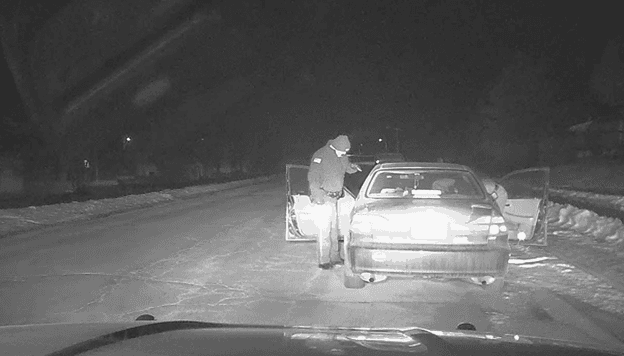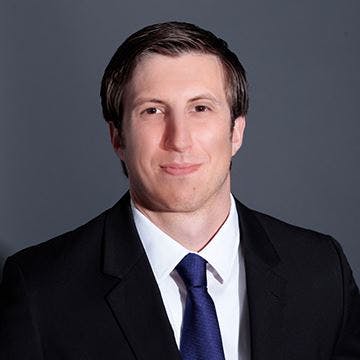
Seek and Illustrate the Truth -
Call Now 1-415-754-7772

Visibility Analysis for Unlawful Nighttime Arrest
After turning right on W Madison Street in Sioux Falls, South Dakota, Mr. Darby was pulled over by a trailing Sioux Falls officer. The officer told Mr. Darby he was being pulled over for making an illegal right turn into the number one lane of the two-lane road and asked if Darby would consent to a search of his vehicle. Mr. Darby gave consent, but was driving with a small amount of methamphetamine and a modified shotgun. After the officer discovered these illicit materials, Mr. Darby faced federal drug possession and weapon modification charges that could have led to up to 15 years in prison.
Mr. Darby's public defender recognized how local police officers were increasingly pulling over drivers for small infractions in hopes of finding evidence of much larger crimes. In order to challenge the constitutionality of the initial traffic stop, he enlisted 3D Forensic to reconstruct the visibility of the officer during the initial pullover.
Challenge:
- Determine whether it was possible for the officer to identify an illegal right turn
Solution:
- Calculate actual distances from dash cam footage of pursuit
- Perform and film a visibility reconstruction of the officer
- Analyze and demonstrate the officer's visibility of a legal and illegal right turn
The key piece of evidence for this case was dash cam footage of the officer pursuing and arresting Mr. Darby. The footage did not capture Mr. Darby's right turn itself, but it did capture the officer's pursuit shortly after seeing the turn. This allowed us to reverse-engineer a definite range of where the right turn would have been observed, which was about 300-350 feet behind the intersection.
The team analyzed the intersection in South Dakota from the Northern California office before travelling for a true visibility reconstruction. This allowed us to come to the site ready to perform our reconstruction.
In order to capture the event and the officer's visibility, we brought a calibrated digital camera and high definition aerial drone to film the recreation. Once at the scene, we mounted the camera to the officer's eye-level perspective in an exemplar Ford Explorer, the same vehicle the officer was driving. Then, as the drivers performed each turn, our drone flew ready to capture the overhead angle of each turn.
We then placed visible markers on the street to ensure that the Explorer maintained the same distance from Mr. Darby's vehicle seen on the dash cam throughout the reconstruction. Our team also secured an exemplar Toyota Camry, similar to Mr. Darby's vehicle when he was pulled over, so that our reconstruction closely matched the conditions of the actual incident.
With the cameras and vehicles ready, our drivers could approach the intersection at the calculated distances to capture the officer's visibility of the incident. We planned multiple runs where Mr. Darby's stand-in turned right into the #1 lane and #2 lane, then filmed from the distance of the officer. We then brought this footage back to our office for further analysis.
We reviewed footage, and as suspected, the illegal turn into the #1 lane was indiscernible from the legal turn into the #2 lane. Our video reconstruction showed that the only difference between the legal and illegal turn was a matter of pixels between the car and the corner of the sidewalk. This difference would be impossible to identify through the naked eye while driving towards the suspect.
After filing a motion to dismiss this indictment, Mr. Darby's attorney played our analysis for the judge. After reviewing our demonstrative exhibit, they saw how the initial pull-over could not be justified. All charges against Mr. Hampton were tossed.
**NOTE: Each case is affected by unique factors and requires an independent forensic approach. These case studies serve as general applications and are not universally applicable. The true identities of subjects, entities, and locations have been changed to protect anonymity.**
Talk to Our Forensic Team
Let Us Help You Seek & Illustrate The Truth
By submitting this form, I confirm that I have read and understood the 3D Forensic Privacy Statement.
"We have used Jason Fries and his team twice to create medical videos depicting complex surgeries. The videos impressed both the jury and the defense attorneys. Perhaps most helpful, Jason will work on short notice and provide a persuasive product."

Robert Igleheart
Rouda, Feder, Tietjen & McGuinn
